Latest Blogs
Informations from BOSCO
The Invisible Child Brides of India
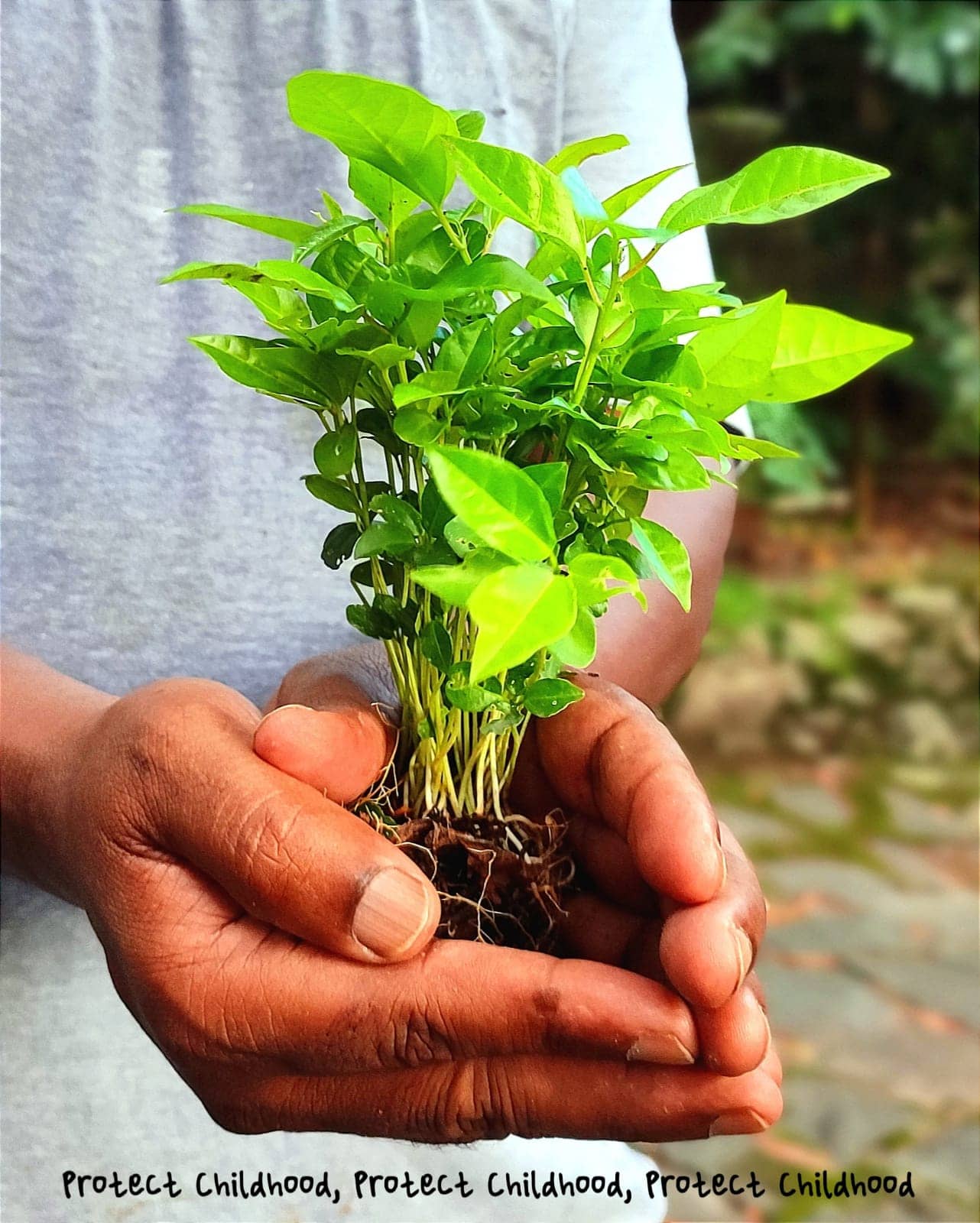
BOSCO
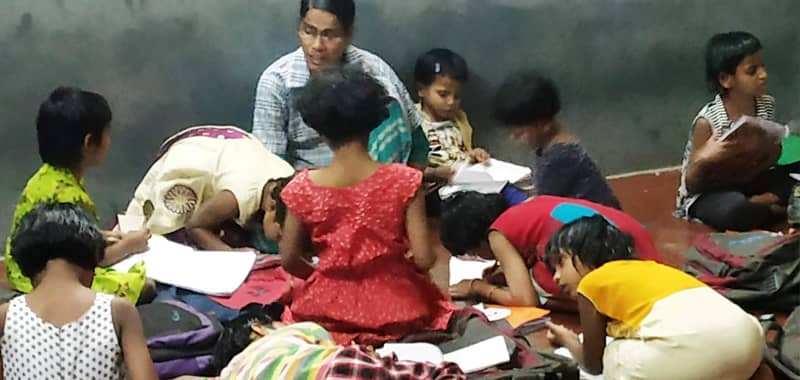
Child marriage in India dates back to the pre-colonial era. Sometimes in the name of religion and culture, sometimes for family honour and pride, but girls have always borne the brunt of societal inadequacies. Estimates suggest that each year, at least 1.5 million girls under 18 get married in India, which makes it home to the largest number of child brides in the world – accounting for a third of the global total. Nearly 16 percent adolescent girls aged 15-19 are currently married. A study conducted by CRY reveals that girls between 10-19 years of age account for 75 per cent of all the married children in India.
Over the years, reforms and laws like the Child Marriage Restraint Act of 1929 and the Prohibition of Child Marriage Act of 2006 have brought about many positive changes in the system, but child marriages are still rampant in more remote pockets of the country and within certain communities. Reasons behind this atrocity are manifold. Poverty, illiteracy, lack of awareness, cultural and religious dictates, gender biases of a predominantly patriarchal society, have all played a role in this social evil. In many parts of India, girls are still seen as an economic burden and a liability. Even after women have made a mark in every imaginable work space, the perceived destiny of many girls in India is still marriage.
The impact of this practice on the physical and mental well-being of children is often long-term and irreversible. It also destroys any hope of economic freedom and independence for the child, pushing the child into a life of invisibility and triggering a generational cycle of poverty and lack. The ongoing pandemic has worsened an already lamentable situation. A report states that according to the Union Ministry of Women and Child Development, 5,584 phone calls pertaining to underage marriages across the country were received during the lockdown period. Awareness among parents about the consequences of child marriage, knowledge among children about their rights, increase in the educational and earning capacity of girls, awareness and understanding about child protection mechanisms like CHILDLINE 1098, and organizations that rehabilitate and educate such child-victims, could together be the way out of this age-old institution.
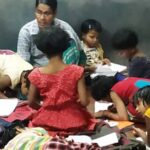

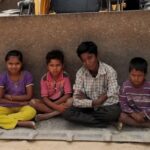




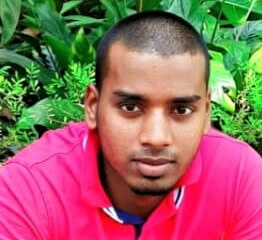
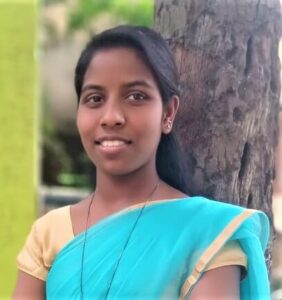
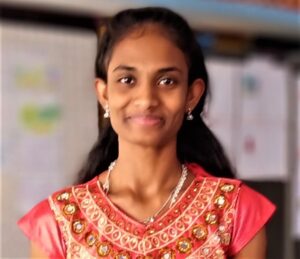

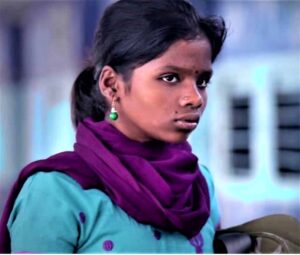


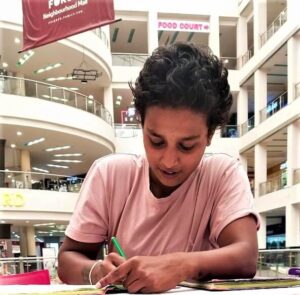

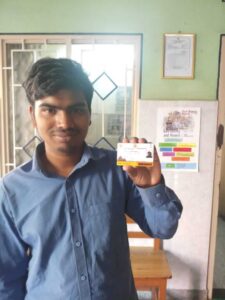



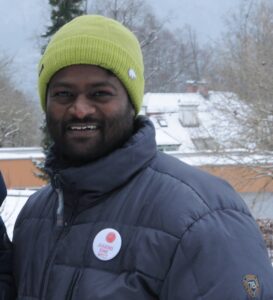



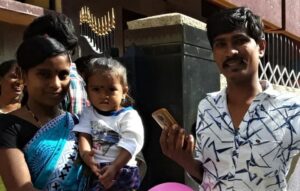


BiyFsGewQKtzUdg